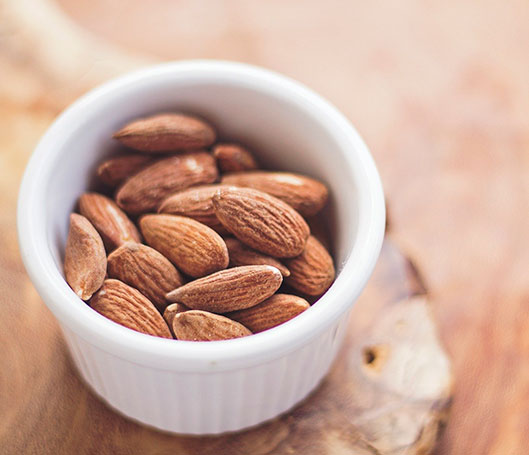- 2.3. Nougats with starches. - Starch nougat is understood to be those defined in points 2.1. and 2.2., to which food flours or starches have been incorporated in a maximum proportion of 15% of starch, expressed in dry matter.
Following these guidelines, we can see that new variations have appeared on the market in recent years that come to surprise those who have grown up with a traditional concept of nougat. Other nuts such as peanuts, candied fruits, liqueurs, coconut, cocoa, chocolate, food jellies and egg yolk, among others, are introduced into the ingredients. As a result, very specific flavor and texture nuances have been reached.
Flagged by the name of pralines are mousse nougat, yogurt nougat, rice pudding nougat, rice nougat, Catalan cream, custard nougat, cream nougat, rum nougat with raisins, coffee nougat, peanut nougat , chocolate nougat, egg yolk nougat and coconut nougat. The latter have found a niche and have adhered to the idea of the Christmas basket. They are repeatedly in lots as a gift. However, of the aforementioned and many others, many do not exceed their launch campaign, but just as chocolate has been introduced into normality within the best-selling ranges of nougat, we can only wait to see how the production and sale of nougats evolves. these sweets and how they are welcomed by the demand.
An extended scale rates the quality of a nougat based on the percentage of almonds included in your recipe. Somehow safeguarding the emblem nougats that are Alicante and Jijona, preserving the value of tradition. But only time will tell us if this inclination towards other types of sweet will grow and if these will finally occupy the top of mind of the consumer.




